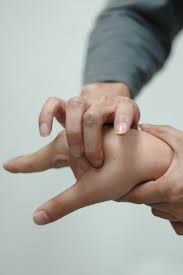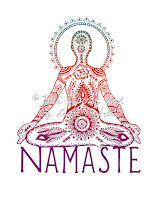Self Care With Acupressure, What The Research Shows

In a study of a little over 659 participants, researchers were able to determine that the utilization of self-acupressure had positive effects. Participants from the United States, South Korea, Japan, Australia, and other countries had to be trained how to apply pressure the the acupressure points that fit their conditions, which ranged from allergies, cancer, or fatigue, but then were studied on how their bodies responded. The time lengths over which participants were watched ranged from 3 days to 3 months, however overall the outcomes seemed to be positive with no adverse effects being reported. To look into more from this study, please visit this site . Corinne D. Bracko-Douglas, CMT, LMT, CKTP is the owner of Dochas Clinical Massage Therapy based out of Columbia, MO. She received her diploma in Clinical Massage Therapy from The Soma Institute in Chicago, IL in 2004. She enjoys teaching others about how to live a healthy lifestyle and still works one on one with client...












